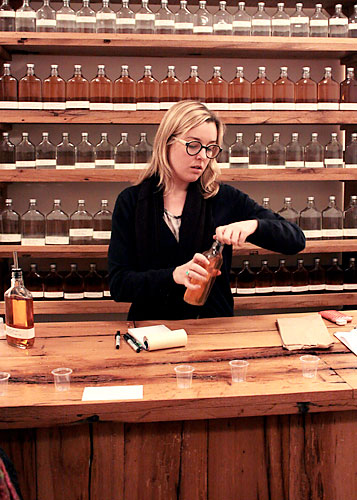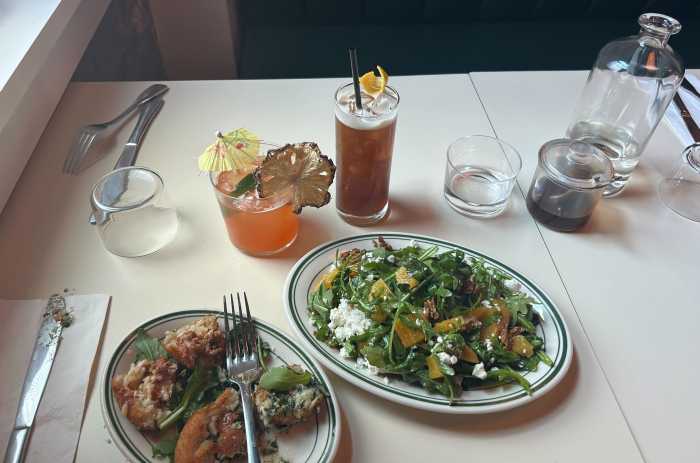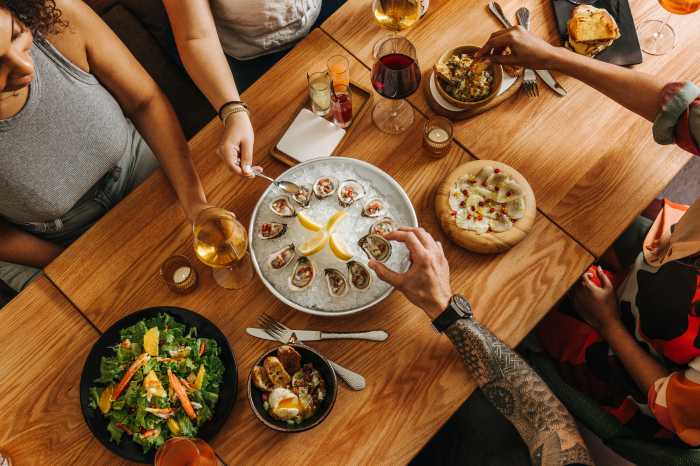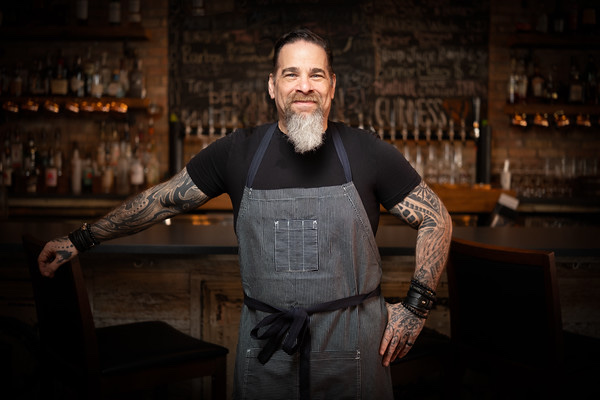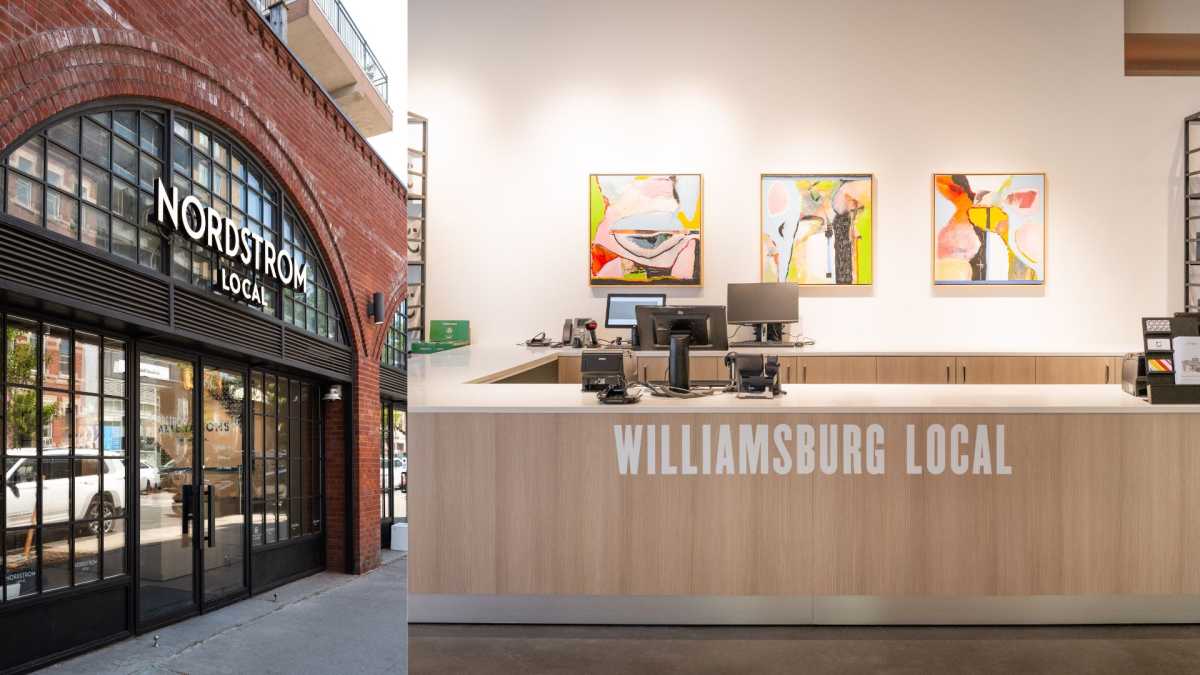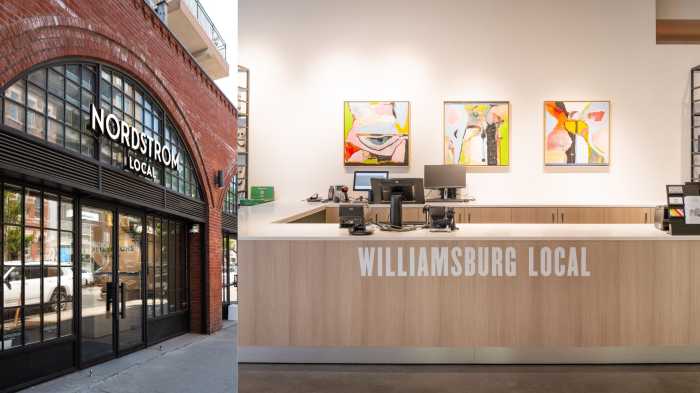When Colin Spoelman returned to Brooklyn with a jug full of moonshine from his hometown in Eastern Kentucky, he never thought it would inspire a business plan.
David Haskell, Spoelman’s business partner in the eight-month-old whiskey operation Kings County Distillery, remembers the incident well.
“The moonshine was pretty awful, and was particularly disgusting because high spirits like that will eat through plastic,” he said. “But everyone in the city got so excited about it.”
Now the two now sell their homemade moonshine in 20 bars and liquor stores in Brooklyn and 10 in Manhattan. And this Thanksgiving, Kings County Distillery unveiled its first batch of bourbon.
Jack Daniel’s this ain’t; Neither Spoelman and Haskell had any prior distilling experience when they got their license this April, becoming, implausibly, New York City’s oldest operating whiskey distillery (this weekend, there’ll be tours).
“It’s been a lot of trial and error,” says Haskell. “It’s illegal to home-distill, so there’s not a movement out there like there is with home-brewing and home-wine-making.”
Even though they’ve set up shop in industrial Bushwick, the distillery still keeps the feel of a homegrown operation. The copper-lined stills sit in an airy loft, next to modern easy chairs and buckets of fermenting grain. The distillery aerates the mixture by hand, pouring liquid back and forth between buckets. Over the summer, there enough electricity to run both the air conditioning and the stills at once, so workers sweated through the whiskey-making process.
Haskell and Spoelman also use the first alcohol produced in the distilling process — the so-called “head,” which is highly alcoholic and utterly undrinkable — as a disinfectant, and a pig farmer who sells in Union Square Market takes the used sour mash off the distillery’s hands to use as feed.
“I still don’t understand why it doesn’t make the pigs drunk,” Haskell says.
Although bourbon and its ne’er-do-well brother moonshine are both made from roughly the same ingredients — a mixture of corn, barley and yeast — moonshine is sold right away while bourbon is aged in a charred wooden barrel (which gives the otherwise clear liquid its honey-like color). Contrary to popular belief, bourbon does not in fact need to be produced in Bourbon County, Kentucky, though it must be produced in the United States and be made from a grain mixture that contains 51 percent corn.
In Haskell and Spoelman’s case, in order to get a New York State license to distill, the majority of ingredients must come from New York farmers — not a problem since Kings County sources its organic cracked corn, the main ingredient in both moonshine and bourbon, from a farm near the Finger Lakes.
The distillery’s bottles of moonshine and bourbon are a bit more pricey than that bottle of Jack — $20 for a 200 ml bottle of moonshine and $23 for the same size bottle of bourbon — but that hasn’t stopped Haskell and Spoelman from selling the booze as fast as its made.
“History indicates this is a good business to be in during a recession,” says Haskell. “It seems pretty clear to us that this city is going to become a home to many more micro distilleries.”
Kings County Distillery (35 Meadow St. between Bogart and Waterbury streets in Bushwick, no phone). Open Sat-Sun, 1-5 pm. For info, visit kingscountydistillery.com.


